Bansi Chandragupta
Birth : , Sialkot, Punjab, Pakistan
History
Bansi Chandragupta (born in Sialkot, 1924) was an Indian art director and production designer, regarded among the greatest of art directors of Indian film industry for collaborating with Satyajit Ray. He won Filmfare Best Art Direction Award thrice, for Seema in 1972, for Do Jhoot in 1976 and for Chakra in 1982.

Production Design
A young, idealistic director arrives in a village to make a picture set during the Great Bengal Famine. It’s a film that he hopes will reveal the problems and privations still current in rural India.
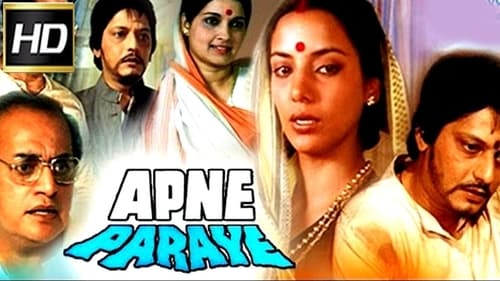
Art Direction
Film about the trials facing a family whose patriarch has squandered money into a series of unwise ventures.
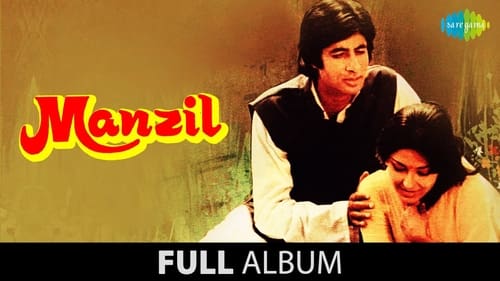
Production Design
A man falls for a woman and pretends to be rich in hopes of impressing her and her father. However, when the truth is revealed, her father attempts to separate them.
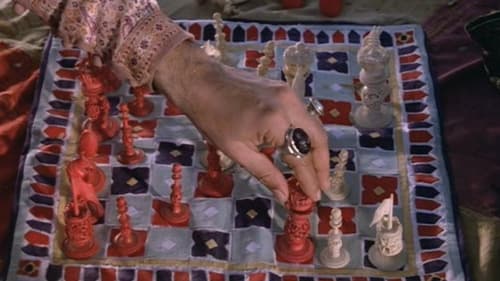
Art Direction
It is the year 1856. Nawab Wajid Ali Shah is the king of Awadh, one of the last independent kingdoms of India. The British colonialists, intent on controlling this rich land, have sent general Outram on a secret mission to clear the way for an annexation. Pressure is mounting amidst intrigue and political manoeuvres, but the Nawab whiles away his time in pursuit of pleasure and religious practice. The court is of no help either—Court nobles Mir and Mirza, ignoring the situation of their country and all their duties towards their families, spend their days playing endless games of chess. The film is based on Munshi Premchand's short story of the same name.

Art Direction
Kalyani lives in a small tenement with three sons, Vijay, Nandu, and Bhola, all of whom are unemployed, slackers and trouble-makers. One day Nandu gets into serious trouble with Shantilal, who summons the police, and has him arrested. Kalyani goes to the Police Station to plead with the In-Charge Officer to release Nandu, to no avail. She then goes to Shantilal to try to persuade him to withdraw the charges, also to no avail.

Production Design
Siddhartho Chowdhury, a brilliant medical student, is forced to leave his studies after his father's sudden demise. He is forced to navigate the high unemployment rate and the communist socio-political climate of 1960s Calcutta in search of a job.
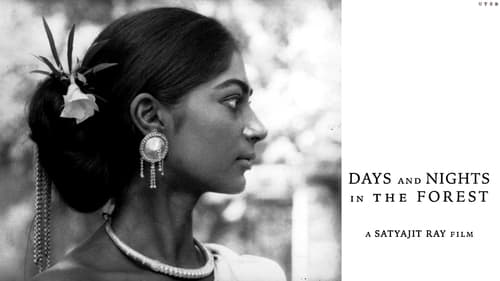
Art Direction
Four friends from Calcutta who have very different personalities make a holiday excursion into the country, to a tiny village in the state of Bihar where they set themselves up in a bungalow. A series of minor events, all connected to their respective reactions to their new environment, reveals their characters more deeply.

Production Design
Britain's top pop artiste, Tom Pickle, travels to Bombay, India, circa 1960s to learn to play the sitar from renowned maestro Ustad Zafar Khan.
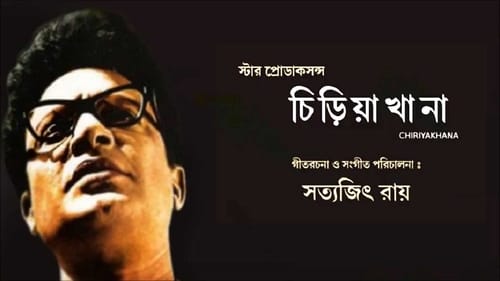
Art Direction
When Byomkesh Bakshi's new client, Dr. Nishanath Sen, is murdered at Golaap Colony, he decides to probe into the case with the help of his close aide, Ajit.

Art Direction
Arindam, a matinee idol, is going by train to collect an acting award. On the train, he is confronted by Aditi, a journalist who somewhat unwillingly starts to take his interview. Arindam, won over by Aditi's naivete, starts to disclose his past, his fears and his secrets.
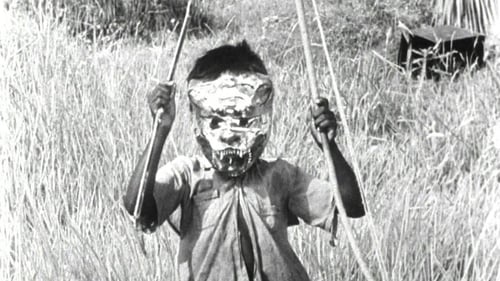
Art Direction
This short film shows an encounter, through a series of games, between a street child from the shantytowns and a child of a rich family, stationed at his window. The film has no dialogue and the action moves through the attempts at one-upmanship evident in their successive display of their toys. Their rivalry (a kite shot down by a toy rifle, for example) concludes with the opposition between the world of noise (the toys inside the house) and that of music (the street child's flute).

Production Design
Amitabha Roy is a Calcutta-based scriptwriter, driving around in the country to collect material for a film. His vehicle breaks down in a small town. A tea planter, Bimal Gupta, offers hospitality for the night. Amitabha is forced to accept the offer as he has no alternative.

Production Design
A wandering baba initiates a widower layer and his youngest daughter, irritating her boyfriend Satya and the ever-skeptical Nibaran.
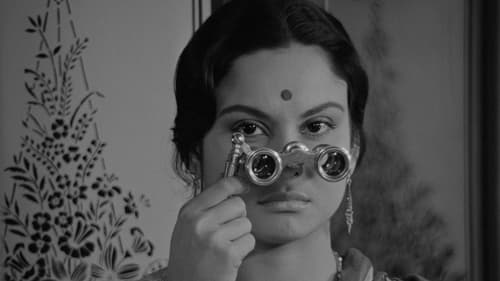
Art Direction
In 1870s India, Charulata is an isolated, artistically inclined woman who sees little of her busy journalist husband, Bhupati. Realizing that his wife is alienated and unhappy, he convinces his cousin, Amal, to spend time with Charulata and nourish her creative impulses. Amal is a fledgling poet himself, and he and Charulata bond over their shared love of art. But over time a sexual attraction develops, with heartbreaking results.

Production Design
In 1870s India, Charulata is an isolated, artistically inclined woman who sees little of her busy journalist husband, Bhupati. Realizing that his wife is alienated and unhappy, he convinces his cousin, Amal, to spend time with Charulata and nourish her creative impulses. Amal is a fledgling poet himself, and he and Charulata bond over their shared love of art. But over time a sexual attraction develops, with heartbreaking results.

Production Design
Life at home changes when a housewife from a middle-class, conservative family in Calcutta gets a job as a salesperson.

Art Direction
Life at home changes when a housewife from a middle-class, conservative family in Calcutta gets a job as a salesperson.

Production Design
Played out in real time, several complex family dramas intersect in the landscape of the Himalayan foothills, allowing the Bengali auteur to examine the class and generational differences of postcolonial India while celebrating the hopes of a society in transition.

Art Direction
'Teen Kanya' is an anthology film based upon short stories by Rabindranath Tagore, as a tribute on the author's centenary. The title means "Three Daughters", and the film's original Indian release contained three stories, with three central female characters linking the stories together. 'The Postmaster' concerns an orphan girl who grows attached to the postmaster she is caring for after he teaches her to read and write. 'Monihara' is a supernatural tale about a woman obsessed with the jewels her husband buys for her. 'Samapti' follows a young man who falls for an unconventional girl from his new village instead of his arranged bride, the daughter of a respectable family. The international release did not include 'Monihara', and was released as 'Dui Kanya', or "Two Daughters".

Production Design
Docudrama about the life of Rabindranath Tagore, Indian polymath—poet, writer, playwright, composer, philosopher, social reformer and painter, who reshaped Bengali literature and music as well as Indian art, becoming in 1913 the first non-European and the first lyricist to win the Nobel Prize in Literature. The film was released during Tagore's birth centenary year.

Art Direction
The tragic story set in the late 1930s, just before famine struck Bengal. It tells of the marriage of a dumpy middle-aged salesman of small goods to a beautiful teenager, and how, after initial days of happiness together, a series of misfortunes strike which slowly embitter the man.
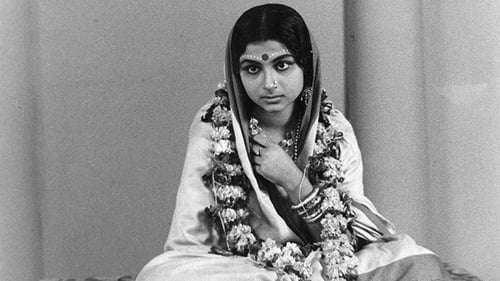
Production Design
The life of a woman happily married to the son of an upper-class family in 19th century Bengal is turned upside down when her father-in-law has a vision that she is the Goddess Kali returned to earth. He convinces her to fulfill her role as a living deity and transform her house into a temple.
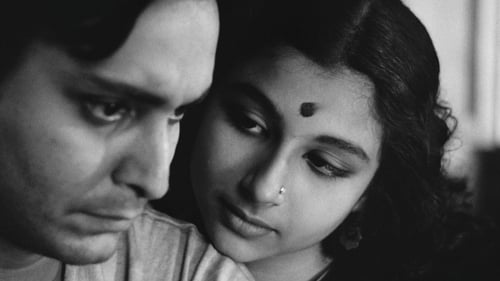
Art Direction
Apu is a jobless ex-student dreaming vaguely of a future as a writer. An old college friend talks him into a visit up-country to a village wedding...

Production Design
Apu is a jobless ex-student dreaming vaguely of a future as a writer. An old college friend talks him into a visit up-country to a village wedding...
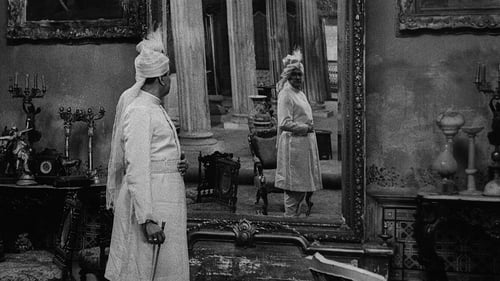
Art Direction
A wealthy landlord who lives a decadent life with his wife and son. His passion - his wife would call it his addiction - is music, and he spends a great deal of his fortune on concerts held for the locals in his magnificent music room. He feels threatened by his neighbour, a commoner who has attained riches through business dealings. His passion for music and quest for social respect are his undoing, as he sacrifices his family and wealth trying to retain it.

Production Design
A wealthy landlord who lives a decadent life with his wife and son. His passion - his wife would call it his addiction - is music, and he spends a great deal of his fortune on concerts held for the locals in his magnificent music room. He feels threatened by his neighbour, a commoner who has attained riches through business dealings. His passion for music and quest for social respect are his undoing, as he sacrifices his family and wealth trying to retain it.

Production Design
An underpaid middle-aged clerk finds a stone that changes iron to gold on touch.
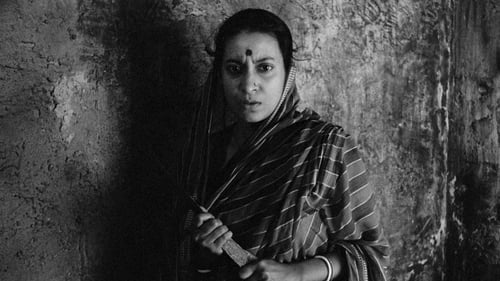
Art Direction
Aparajito picks up where the first film leaves off, with Apu and his family having moved away from the country to live in the bustling holy city of Varanasi (then known as Benares). As Apu progresses from wide-eyed child to intellectually curious teenager, eventually studying in Kolkata, we witness his academic and moral education, as well as the growing complexity of his relationship with his mother. This tenderly expressive, often heart-wrenching film, which won three top prizes at the Venice Film Festival, including the Golden Lion, not only extends but also spiritually deepens the tale of Apu.

Production Design
Aparajito picks up where the first film leaves off, with Apu and his family having moved away from the country to live in the bustling holy city of Varanasi (then known as Benares). As Apu progresses from wide-eyed child to intellectually curious teenager, eventually studying in Kolkata, we witness his academic and moral education, as well as the growing complexity of his relationship with his mother. This tenderly expressive, often heart-wrenching film, which won three top prizes at the Venice Film Festival, including the Golden Lion, not only extends but also spiritually deepens the tale of Apu.
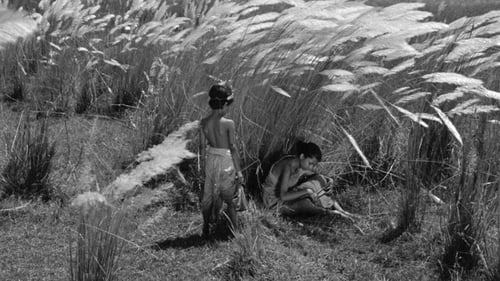
Art Direction
Impoverished priest Harihar Ray, dreaming of a better life for himself and his family, leaves his rural Bengal village in search of work.

Production Design
Impoverished priest Harihar Ray, dreaming of a better life for himself and his family, leaves his rural Bengal village in search of work.

Producer
Impoverished priest Harihar Ray, dreaming of a better life for himself and his family, leaves his rural Bengal village in search of work.
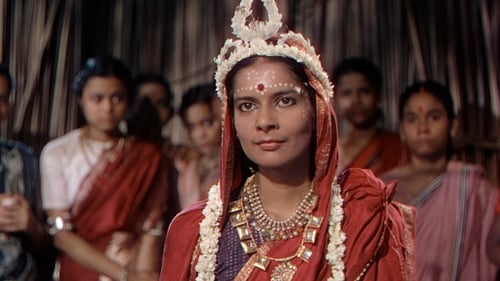
Art Direction
Director Jean Renoir’s entrancing first color feature—shot entirely on location in India—is a visual tour de force. Based on the novel by Rumer Godden, the film eloquently contrasts the growing pains of three young women with the immutability of the Bengal river around which their daily lives unfold. Enriched by Renoir’s subtle understanding and appreciation for India and its people, The River gracefully explores the fragile connections between transitory emotions and everlasting creation.






















